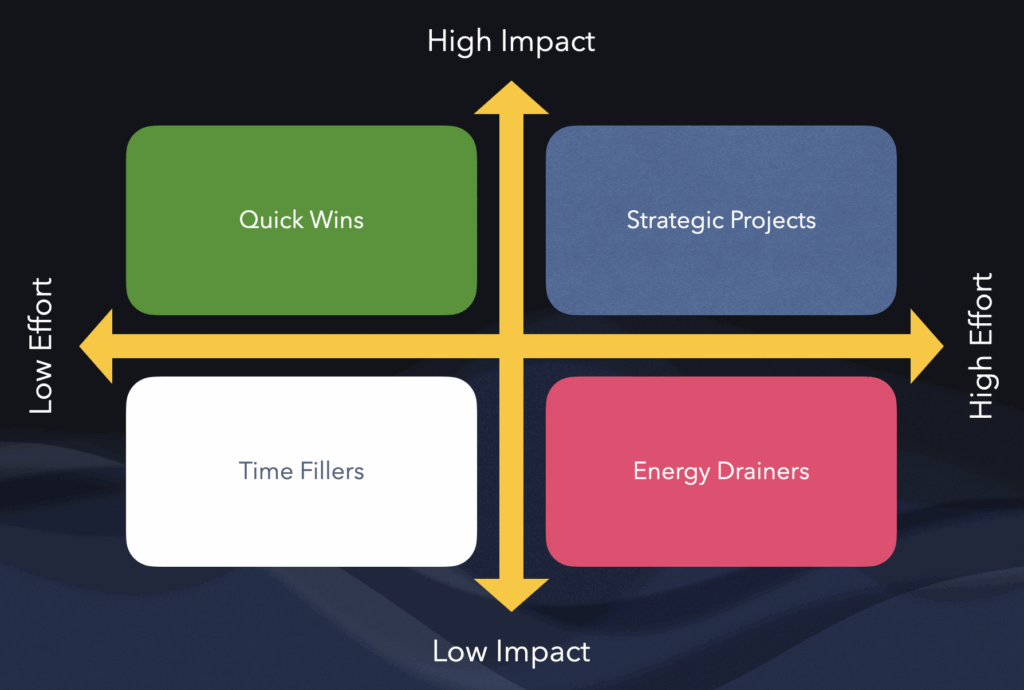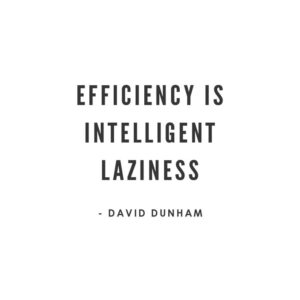In Solutions Consulting, especially in SaaS, time is not just precious—it’s your most strategic resource.
As a Solutions Consultant (SC), you juggle complex technical conversations, engaging product demonstrations, and strategic business discussions daily. Your role demands deep technical expertise, persuasive storytelling, creativity in solution design, and seamless cross-team collaboration.
Yet, if you’re not actively managing your time, your time inevitably manages you.
This strategic guide offers proven methods, industry-specific insights, and actionable strategies to reclaim your schedule, maintain your focus, and consistently drive SaaS sales excellence.
Chapter 1: The Unique Time Management Challenge in Presales
Solutions Consultants navigate constant adaptation. Your daily tasks range from deep-diving into API integrations and security protocols to engaging stakeholders through impactful storytelling around product value. SCs frequently find themselves caught in perpetual busyness or stuck responding reactively to urgent requests instead of proactively guiding strategic conversations.
Attention is the currency of SaaS success. Manage your attention well, and your impact multiplies.”
—Jason Lemkin, SaaStr
Most PreSales professionals suffer from one of two extremes: either constantly in motion but rarely in control, or stuck in reactive mode, fighting fires instead of driving value.
The solution isn’t merely managing your calendar—it’s actively managing your attention. Industry research consistently indicates that focusing deeply on high-impact tasks notably increases productivity compared to multitasking, particularly within technical roles.
Chapter 2: Implementing Rhythmic Scheduling in SaaS Presales
Traditional scheduling rarely suits SC roles. Instead, effective SCs embrace rhythmic scheduling, leveraging natural cognitive cycles (ultradian rhythms). Research consistently shows productivity peaks in roughly 90–120 minute cycles, ideal for high-impact technical tasks like solution design and deep technical demo preparations.
Start each day with a 30-minute Daily Planning Ritual, reviewing scheduled demos, key stakeholder meetings, and urgent technical communications. Dedicate your morning peak productivity hours (2–3 hours) to demanding tasks such as technical architecture design, API integration planning, or custom demo rehearsals. Schedule collaborative tasks and internal meetings during early afternoons, aligning with your natural cognitive dip. Reserve a 60–90 minute Deep Work Zone in the late afternoon for creative and detailed tasks like client-specific presentations or responding to complex RFPs. Conclude your day with a reflective 30-minute recap to evaluate outcomes, document learnings, and set tomorrow’s priorities.
Additional tip: Regularly track and adjust your scheduling to match evolving project requirements and maintain productivity.
Chapter 3: Strategic Prioritization—Impact vs. Effort for SaaS SCs
A full calendar doesn’t mean you’re effective. To work smarter, every Solutions Consultant should build an Impact vs. Effort matrix into their weekly ritual.
Adopting the Impact vs. Effort framework helps SaaS SCs prioritize strategically:

Quick Wins (high impact, low effort) – DO!: Ideal for kick-starting your day. Examples include leveraging existing templates for demo customizations or quickly resolving client queries.
Strategic Projects (high impact, high effort) – PLAN: Allocate substantial blocks for activities like customizing enterprise SaaS demos, preparing technical workshops, or conducting detailed integration assessments.
Low-Impact Tasks – DELEGATE: Batch or delegate tasks such as routine email replies, basic administrative tasks, or minor slide deck adjustments.
Energy Drainers (high effort, low impact) – DROP: Rigorously challenge or delegate tasks like unnecessary internal meetings or premature complex customizations. Tools like Motion or Clockwise, AI-driven calendar assistants, help prioritize tasks efficiently.
Tip: Many SC teams are now using AI-driven prioritization assistants (e.g. Motion, Clockwise) that integrate with CRMs to automate meeting scoring, nudge focus time, and rebook low-priority calls.
Chapter 4: Tactical Execution—SaaS-Specific Tools and Techniques

Effective execution in SaaS presales relies on tailored tools and disciplined habits:
Time Blocking: Turn your calendar into a tactical shield. Block everything—from demo prep to mental reset breaks. Title blocks clearly so others know they’re not open for meetings. Clearly define time for crucial tasks—API integration planning, demo preparation, and scheduled breaks. Clearly labeled calendar blocks communicate priorities and protect your focus.
Email Management: Limit email checks to designated windows (2–3 times per day). Use advanced filtering to prioritize client communications and eliminate unnecessary interruptions. Use folders like “To Respond” and rules to auto-filter noise. Disable desktop notifications to protect your deep work.
Asynchronous Communication: Use Loom videos or collaborative tools (Notion, Confluence, Slack) to share technical insights asynchronously, minimizing unnecessary meetings.
Reusable Demo Libraries: Maintain modular, interactive demo libraries, scenes and materials.
Updated Pomodoro Technique: Use 25/5-minute work/rest cycles, but personalize the intervals. Recent neuroscience suggests 52 minutes of focus, 17 minutes of break yields even stronger retention and focus.
Additional advice: Periodically review and update your SaaS presales toolkit, keeping pace with evolving technologies and methodologies.
Chapter 5: Fix the Internal Collaboration Bottleneck
Your internal syncs shouldn’t be the reason you can’t prep for demos.
Here’s how top-performing SCs are shifting how they collaborate:
Effective internal collaboration greatly enhances productivity. Schedule internal meetings on specific afternoons each week, keeping critical morning hours clear. Define clear objectives for every meeting (decision-making, alignment, information sharing) to ensure productive discussions. Adopt practices like the Silent Start method, reserving the first few minutes for silent document review. Enforce punctuality through a ‘No Recap’ policy, encouraging latecomers to independently catch up. Introduce periodic meeting-free days to refresh team productivity and morale.
“Collaboration is powerful, but only when it accelerates action and clarity, not meetings.”
—Patrick Lencioni, “The Five Dysfunctions of a Team”
Trend: “Maker vs. Manager Calendars” are becoming common in high-performance orgs. SCs operate best on a maker schedule: long blocks of focus time, minimal task switching.
Chapter 6: Your Calendar Reflects Your SC Identity
Your calendar should transparently reflect your professional priorities, expertise, and strategic focus as a Solutions Consultant. Regularly conduct calendar audits to evaluate the relevance of recurring meetings with help of the Impact/Effort Method and prioritize strategic engagements. Ensure consistent blocks for personal growth, professional learning, and strategic reflection.
“Your calendar is not just a reflection of your tasks;
It’s a reflection of your identity.”
—Michael Hyatt, author of “Free to Focus
Do you want to be seen as the go-to value consultant? The strategic partner? Then your time should reflect that. If your calendar is filled with low-value admin, reactive tasks, and generic demos—you’re sending the wrong signal.
Chapter 7: The Calendar Reset Challenge
Ready to reclaim control of your calendar? Your next step is simple and powerful:
Step 1: Review your calendar for the past 10 working days. Categorize each task or meeting using these four criteria:
- Do (would repeat)
- Decide (could improve)
- Delegate (someone else could handle)
- Drop (no real value)
Color-code your calendar based on these categories to visualize clearly.
Step 2: Analyze the color-coded results for patterns. Reflect on where your time truly adds value and where adjustments can be made.
Step 3: Now, intentionally redesign your upcoming week’s calendar based on your insights. Prioritize high-value tasks, eliminate low-value activities, and commit to continuously optimizing your time.
This isn’t about guilt. It’s about clarity. And clarity is the foundation of performance.
Closing Thoughts: Time is the New Trust
In SaaS presales, effective time management significantly shapes your professional success and legacy. Ensure your calendar showcases your strategic insights, technical expertise, and commitment to impactful outcomes. Take proactive control of your schedule, align it strategically, and create a lasting impact within the SaaS industry.
“Time is the scarcest resource, and unless it is managed, nothing else can be managed.”
– Peter Drucker, Management Consultant and Author
In PreSales, your time tells the story.
It tells prospects whether you’re prepared.
It tells AEs whether you’re strategic.
It tells leadership whether you’re focused on impact.
It tells you whether you’re growing—or just grinding.
Time isn’t a passive resource. It’s an active narrative. Own it. Shape it. And use it to build not just productivity—but legacy.






